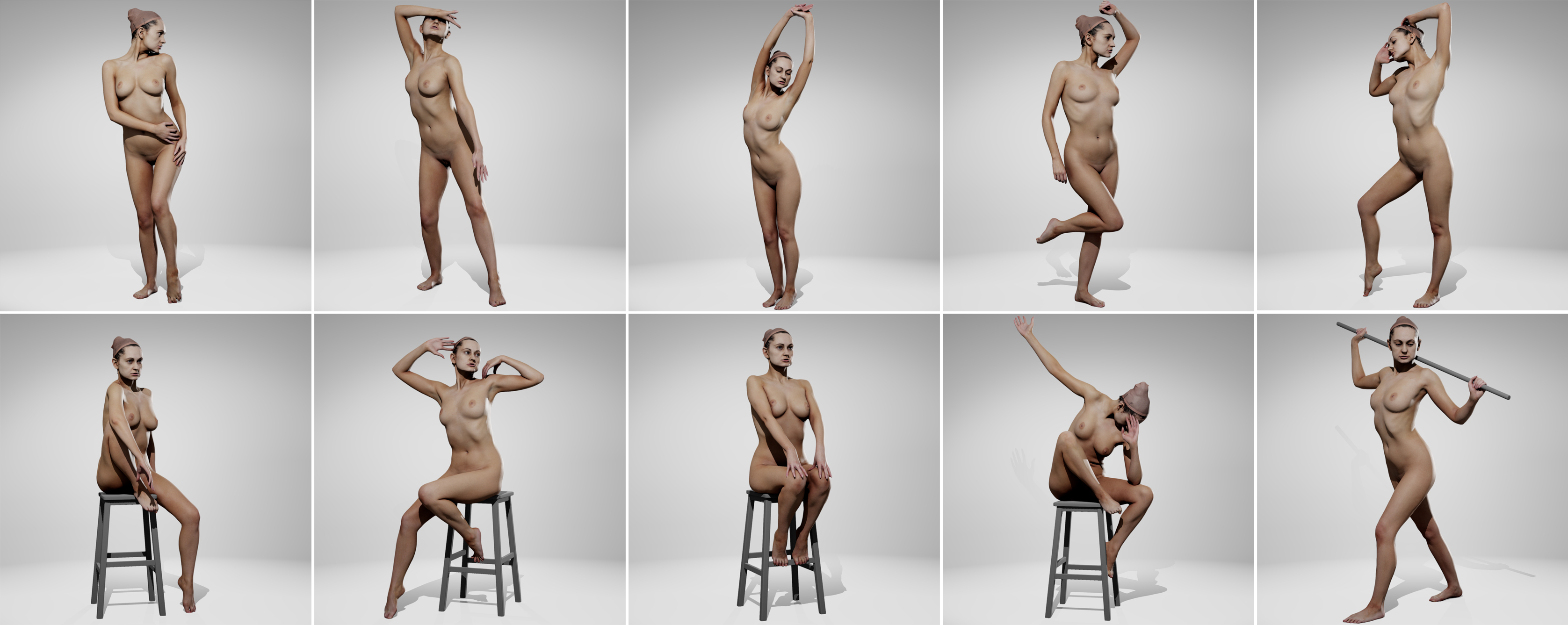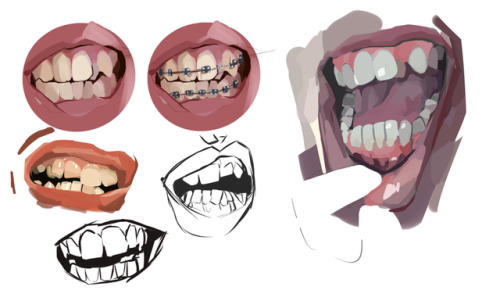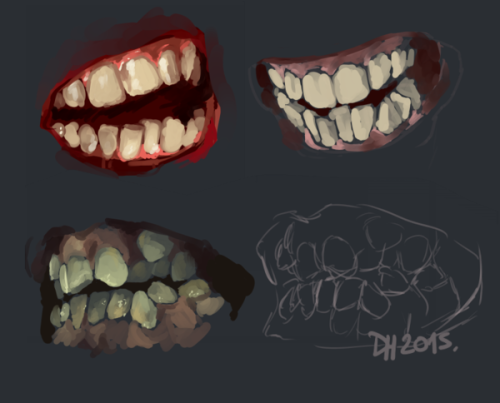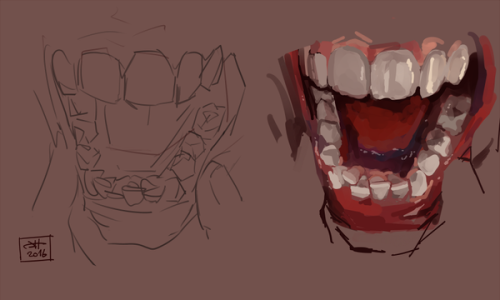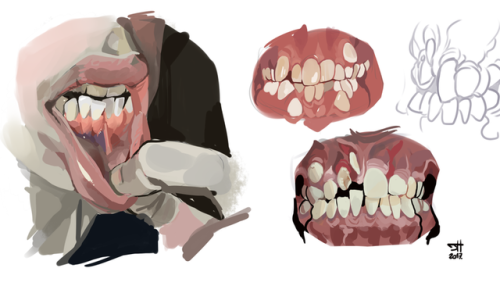----
Gesture Drawing Is A Part of My Life //
Muddy Colors -By Ron Lemen
I do a lot of sketching before any job, and I do a lot of sketching beyond the job. I sketch to stay in shape. My weekly calisthenics include drawing from life, in my opinion, the most important sketching to do as often as possible. It is the major and minor scales of our visual language. The tones we see are as sensitive as the tones a musician hears, and as a skilled musician will play scales along with their music on a daily basis, if we want to stay on top of our game we need to continue plugging away at the basics.
Here area few different drawings from various evenings this last semester in the gesture drawing class I teach at LAAFA. I have a brief explanation for the motivation behind the drawings. I put little ashcan books together each Comic-Con with a collection of these along with lessons to learn about quick sketching. It is fun to look back at each drawing, and it is really great to have all the memories surrounding each drawing from that day still fresh in my head when I look through the various pages. The following drawings are 3 - 5 minutes each using charcoal in most of the drawings and design marker in several.

This first sketch is using design abstraction to link the various anatomical landmarks together through the center line of the figure. I had two goals here, the first is abstracting the musculature and connecting the muscles together in a design aesthetic similar to how Dean Cornwell would construct and connect his anatomical designs. The second goal was to achieve volume within each physical region of the body through varying the edges.
Here is another figure using design and direction as a means of sculpting the form and building movement in the action. Here I am using parallel line structure to generate form and movement through thick and thin, soft and sharp, or the combination of line types.
This set of drawings is a page of form drawings, using value and edge to tell the story of the form design of the figure. I am using a cleaner tonality and softer gradation technique here to achieve a very solid form design, where the bottom right figure is using parallel lines to describe the form, more like the way Leyendecker would build out various tones and gradients in his figures.
Here are a few more figures where the goal was to build out dimension and form using both line strokes and tones/gradients to explain the light and shadow. You can see these drawings built out on my Instagram feed. It should be one of the most recent posts. I am posting more of these drawings done live on Instagram at the time that I am creating them on most Tuesday afternoons during my class.
These drawings are also developing form but using the anatomical rhythms between and across muscle groups and edges of bones. So much can be seen with very few simplified and deliberate marks.
These are both form driven sketches done with the Touch Design Markers, both are roughly 20" tall on 24" paper. On this tracing paper the markers can be manipulated like paint, achieving wet into wet effects, pick out, and blending are all very easy accomplish.
These two pages are very quick sketches working on using line to solve the movement and the weight of the pose. Heavy handedness is encouraged in this exercise, and simplicity is an absolute must. I think these could still be even simpler.
This last page is using calligraphic shapes, a shape language of sorts, to first build out the design of the pose, then using edge and if time warrants, also using value to build out the dimensions within the abstractions.
I draw every day. I practice most of that time knowing that without the practice the craft I do will atrophy or stagnate. I love what I do too much to allow that to happen. These gesture sketches definitely hone the skills and keep the eyes sharp, and just knowing that will keep me coming back for more. I absolutely recommend sketching from life frequently, if not often if you are pushing yourself, trying to level up, or just trying to maintain a fresh hand in all the heavy loads of work that have to be accomplished.
Stay fresh in the skills, sketch from life and enjoy the process.
----
Read in
my feedly
Sent from my iPhone



